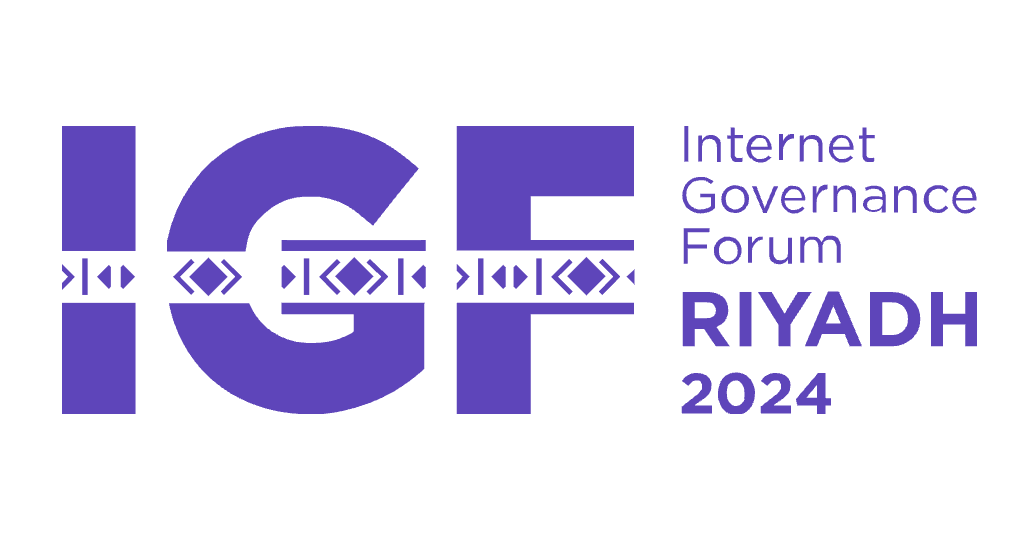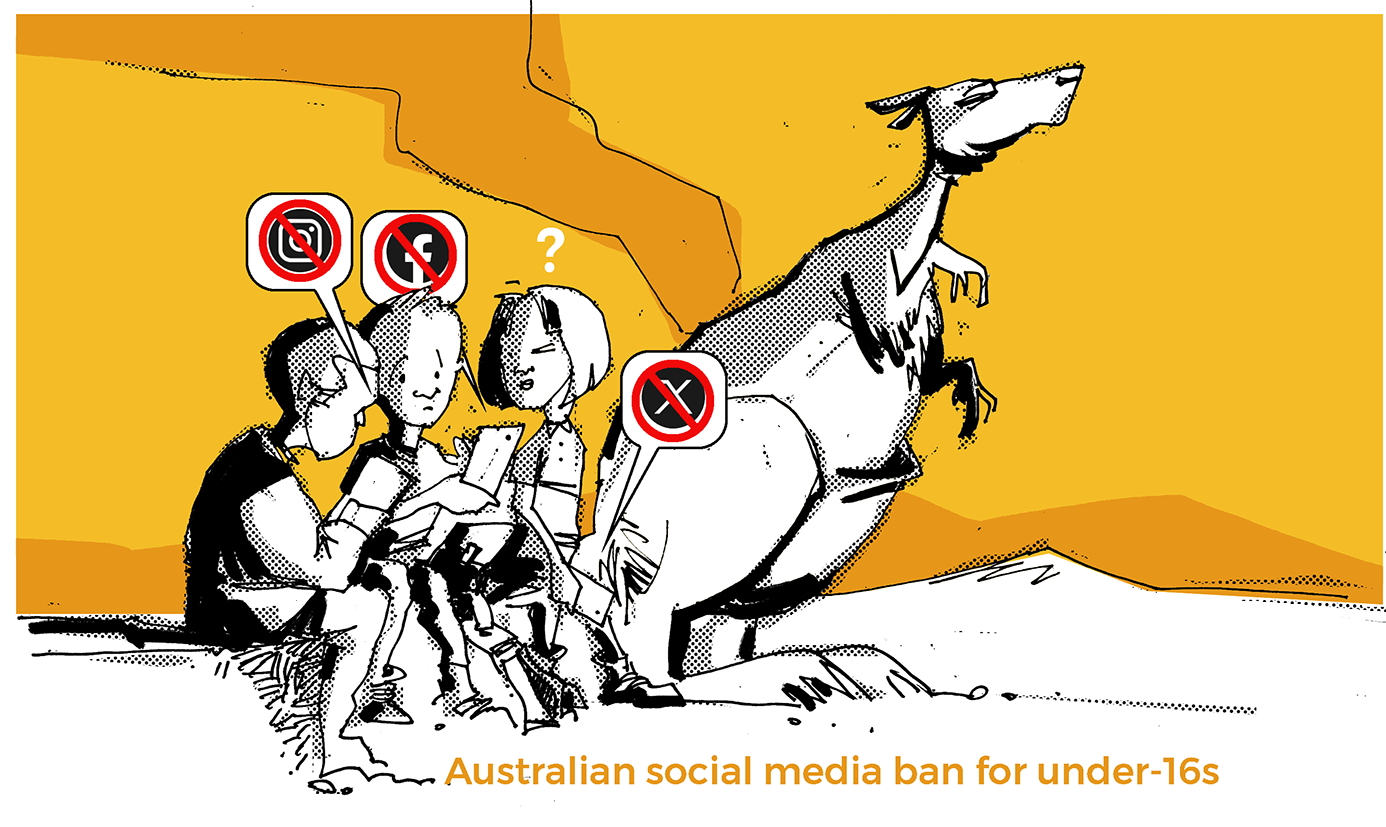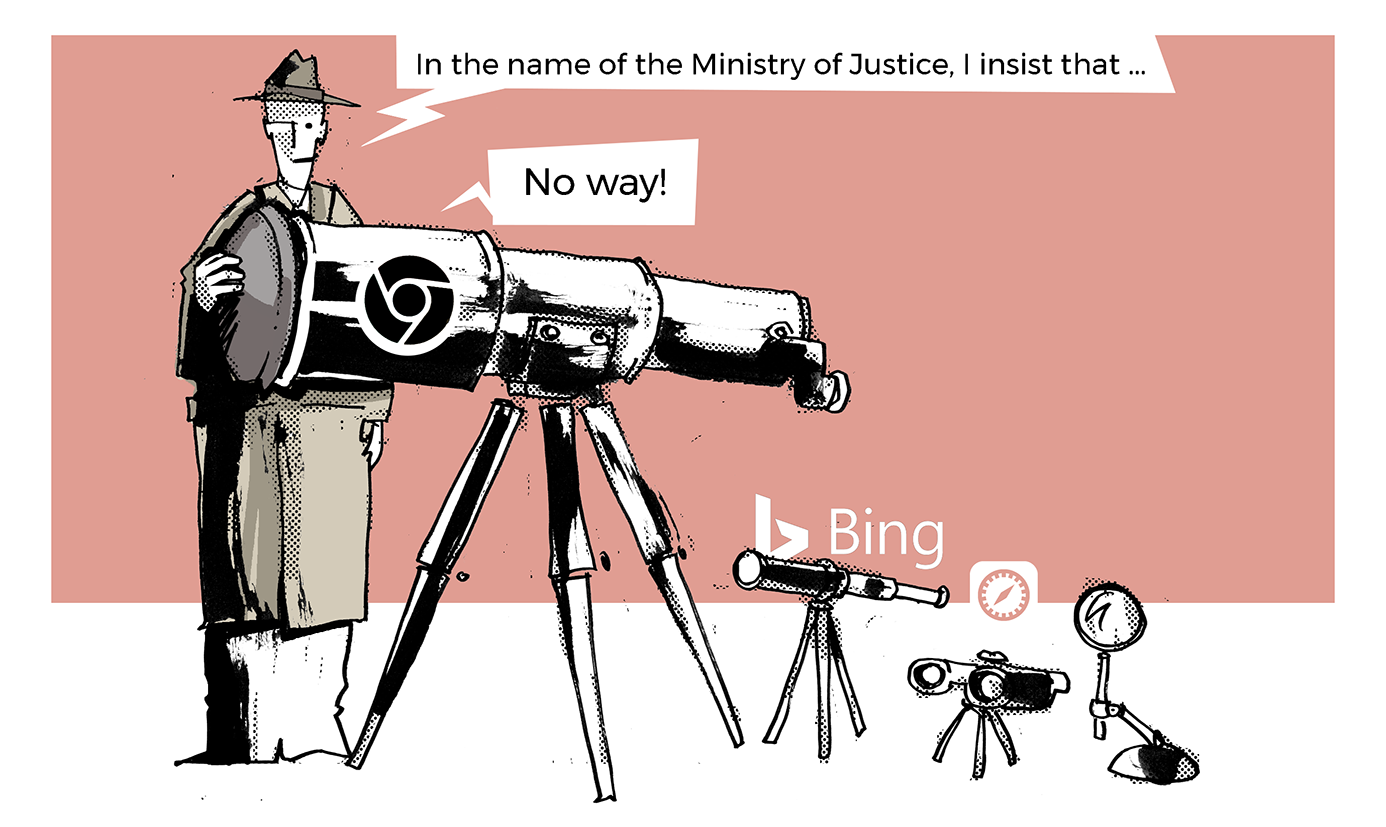
IGF Daily Summary
for Wednesday, 18 December 2024
Judge a man by his questions rather than his answers.
Voltaire
Dear readers,
Welcome to our fourth and final daily newsletter from IGF 2024! After providing descriptive summaries of IGF discussions over the past three days, today we’re taking a different approach. We will not be highlighting the main messages but focusing on the main questions.
As IGF 2024 comes to an end, we think it is important to reflect on questions that don’t have straightforward answers but necessitate multifaceted thought and action. If you’ve heard these questions before, it’s because they bear repeating: We have not solved these concerns.
Good questions initiate meaningful conversations. They break barriers, encourage empathy, and facilitate a better understanding of others’ perspectives.
We invite you to reflect on these questions. And if any of them draw your attention in particular, send us your thoughts. Or perhaps your additional questions. You can reach us at digitalwatch@diplomacy.edu.
The Digital Watch team, with support from DiploAI
| Questions for reflection |
AI and AI governance
- Why do humans tend to be obsessed with building AI that matches human intelligence and has human attributes?
- In a world driven by economic growth and efficiency, can humans compete with machines? Should they? Is there space to advocate for a right to be humanly imperfect?
- What unintended consequences might arise from the rush to come up with new regulations for AI, and how can we proactively address them?
- Could the push for global AI governance standards inadvertently stifle innovation in developing countries?
- What are the implications of treating algorithms as ‘black boxes’ beyond human comprehension? How might this opacity erode public trust in AI?
- How can we address the potential conflict between calls for data minimisation and the data-hungry nature of AI development?
- How can we address the potential conflict between calls for algorithmic transparency and the protection of trade secrets?
- How do we reconcile the need for global AI governance with the vastly different cultural and ethical perspectives on AI across regions?
- What are the potential unintended consequences of the push for ‘ethical AI’ in perpetuating certain cultural or philosophical worldviews?
- What concrete actions need to be taken to address the long-term societal implications of the increasing use of AI in judicial systems, immigration and border control, and government decision-making?
- How can synthetic data be leveraged to improve machine learning models while addressing concerns around data privacy, bias, and representativeness? What governance frameworks are needed to regulate the use of synthetic data?
- How can international law obligations be effectively translated into technical requirements for AI systems in military applications? And how can liability be determined when AI systems are involved in military actions that violate international law?

Internet governance, digital governance, and digital cooperation
- Are multilateral and multistakeholder approaches to internet and digital governance in opposition to each other? How to move away from this dichotomy and see the two as complementary, rather than competing?
- Given the upcoming WSIS+20 review process, where a renewal of the IGF mandate will be up for discussion, what does the IGF we want look like? What lessons have we learned from 19 years of the forum, and how can we build on them moving forward?
- What are the risks and challenges of having two parallel processes for the implementation, review, and follow-up of GDC and WSIS outcomes?
- How can we ensure the GDC doesn’t become another set of
- well-intentioned but poorly implemented framework for digital cooperation?
- Who needs to do what to ensure that the commitments and calls outlined in the Global Digital Compact have a meaningful and impactful reflection into local and regional realities? Are there lessons learnt from the implementation of WSIS action lines that could be put to good use?
- How can we address the tension between the drive for digital sovereignty and the need for a globally interoperable internet?
- What could be the potential long-term impacts of the differing approaches to tech regulation adopted by China, EU, and USA?
How do we balance the need for global coordination on tech governance with the importance of context-specific, localised approaches?
How can we create more effective mechanisms for civil society participation in tech policy-making that go beyond token consultations?
What are the implications of developed countries exporting their digital governance models to the Global South through development aid and capacity building programmes?
Digital inclusion and capacity development
- What is missing in our current approaches to addressing digital divides and why are we not there yet?
- Given the slow progress in addressing digital divides despite years of effort, what fundamental assumptions about digital inclusion might we need to challenge or rethink to make meaningful progress in the coming decade?
- What are the risks of over-emphasising quantitative metrics in measuring digital inclusion, potentially overlooking qualitative aspects of meaningful connectivity like empowerment, digital literacy, etc.?
- How do we balance the growing emphasis on AI divides and governance with the need to address broader issues of digital inequality and infrastructure gaps, ensuring that the focus on AI does not overshadow other critical areas of digital policy that require attention?
- What are the implications of the growing role of satellite internet providers in shaping global internet access?
- How can we ensure that efforts to promote digital financial inclusion don’t expose vulnerable populations to new forms of exploitation?
- What are the risks of over-emphasising STEM education at the expense of humanities and social sciences in preparing for the digital future? And how can we address them?
- How can we better coordinate capacity building efforts among development agencies and partners to avoid duplication and maximise impact?

Data governance
- Who can do what to achieve the desired interoperability of data systems and data governance arrangements, considering the fact that there are different interests and priorities among and between countries, companies, and other stakeholders?
- How can we move away from the rather false dichotomy between data localisation and cross-border data flows, and focus on different approaches that combine localisation and free flows depending on the types of data?
- What are the implications of framing digital sovereignty primarily in terms of data control, while paying less attention to arguments related to technological capacity building?
Digital infrastructures and services
- To what extent does the current approach to promoting certain digital public infrastructure initiatives risk creating new forms of digital colonialism?
- Could the push for digital identity systems exacerbate existing forms of discrimination and exclusion?
- What are the risks of relying too heavily on public-private partnerships in developing digital infrastructure, particularly in terms of accountability and public interest?
Content governance
- When tackling dis/misinformation and other types of harmful content, how do we move away from over-emphasising technical solutions, and focus more on addressing underlying societal issues fueling the spread of such content?
- What are the risks of over-relying on AI-powered content moderation systems in diverse cultural contexts? And how can they be addressed?
- What are the long-term implications of the growing role of private digital platforms in shaping public discourse and democratic processes?
- How can we create more effective mechanisms for addressing cross-border content moderation issues without creating global content standards?
- What frameworks can be developed – and by whom – to ensure the well-being of content moderators, addressing their mental health, ethical challenges, and the need for continuous support in working for a healthier digital environment?

Sustainable development and environment
- What are the implications of over-emphasising the role of technology in achieving the sustainable development goals? How to ensure that the broader systemic challenges (social and cultural) are not neglected in the pursuit of technological advancements?
- What is missing in our approaches to addressing the environmental impact of digital technologies?
- What innovative strategies (e.g. viral social media campaigns, influencer collaborations, etc.) could be used to raise public awareness about the environmental and health impacts of e-waste and encourage more responsible disposal practices?
Human rights
- How can we ensure that efforts to create safe online spaces for children don’t infringe on their rights to privacy and free expression?
- How can we design and enforce gender-responsive laws and legal frameworks that effectively protect women from online harm while promoting their digital rights and participation?
- What are the potential negative consequences of framing digital rights primarily in terms of individual liberties, potentially overlooking other rights and responsibilities?
- How can we move beyond the binary framing of ‘digital rights vs. security’ in discussions about encryption and lawful access?
- How can we create comprehensive and effective governance frameworks for brain-computer interfaces and neurotechnology that adequately address ethical and privacy concerns? And how ensure that such frameworks are diligently implemented?
- How can we enhance data collection efforts to better capture the diversity among persons with disabilities, ensuring the development of more accurate and inclusive policies and interventions?
Digital economy
- Could a middle-ground solution be found between the efforts to advance global digital trade agreements and the call to address more immediate challenges, such as bridging digital divides and promoting data fairness?
- How can we create meaningful accountability mechanisms for big tech companies that go beyond fines and actually drive changes in corporate behaviour?
- Can digital trade provisions in international agreements be designed in a way that facilitates international trade while also preserving domestic policy space for regulating the digital economy?
- How do we ensure that efforts to regulate the digital economy don’t inadvertently entrench the market power of dominant platforms?
- Are there risks associated with relying too heavily on self-regulation and corporate social responsibility in addressing tech-related societal challenges? If so, how do we address them?

Cybersecurity and cybercrime
- What are the implications of the growing role of military and national security interests in shaping global cybersecurity norms?
- What can be done to improve communication and coordination between technical and diplomatic communities in the cybersecurity domain?
- Given the increasing use of AI in cybersecurity, how can we ensure that AI-driven security measures don’t inadvertently create or exacerbate vulnerabilities?
- As end-to-end encryption becomes more widespread, how can we balance the need for privacy and security with the challenges it poses for combating child exploitation online? Are current proposals for ‘client-side scanning’ a viable solution or a dangerous precedent?
- With the increasing complexity of supply chains in technology manufacturing, how can we effectively implement ‘security by design’ principles when multiple actors across various jurisdictions are involved in the production process?
- How can we operationalise international norms on cybersecurity and critical infrastructure protection?
- How can we responsibly deploy emerging technologies like AI and quantum computing in critical infrastructure while addressing potential vulnerabilities?
- How to establish universal baseline or minimum cybersecurity requirements for critical infrastructure protection across jurisdictions?
- How can we ensure that provisions of the UN cybercrime convention are not misused for political prosecution? And how can future protocol negotiations be used to strengthen human rights safeguards while maintaining core provisions for addressing cybercrime?
| Diplo and GIP at IGF2024 |
Yesterday, Diplo organised two sessions at the IGF.
Securing critical infrastructure in cyber: Who and how?
Through a highly interactive format, including a scenario exercise and groupwork, participants explored the roles and responsibilities of critical infrastructure operators (ICT service providers, cloud, software, etc.) for protecting critical infrastructure from cyberattacks. Discussions reflected on how governments and cybersecurity researchers can enable those efforts to protect critical infrastructure from cyberattacks. The findings will contribute to shaping the next edition of the Geneva Manual, developed in the context of the Geneva Dialogue on Responsible Behaviour in Cyberspace, a project implemented by Diplo.

During this workshop, we presented findings from a key study on the capacity of civil society organisations (CSOs) to influence digital policy and governance. The discussions then focused on bridging the gap between CSO engagement and their potential influence in several key internet governance processes. We explored strategies to enhance CSO impact, shared recommendations for integrating them into policy-making, and highlighted best practices that could strengthen civil society’s role in shaping digital governance. The workshop was organised by partners in the EU-funded Civil Society Alliances for Digital Empowerment (CADE) consortium, led by Diplo.

If you’re joining the meeting online, check out our space in the virtual village.
If you’re attending the IGF in Riyadh, make sure to drop by our Diplo and GIP booth, numbered U-21.
Do you like what you’re reading? Bookmark us at https://dig.watch/event/internet-governance-forum-2024 and tweet us @DigWatchWorld
Have you heard something new during the discussions, but we’ve missed it? Send us your suggestions at digitalwatch@diplomacy.edu.










































































































